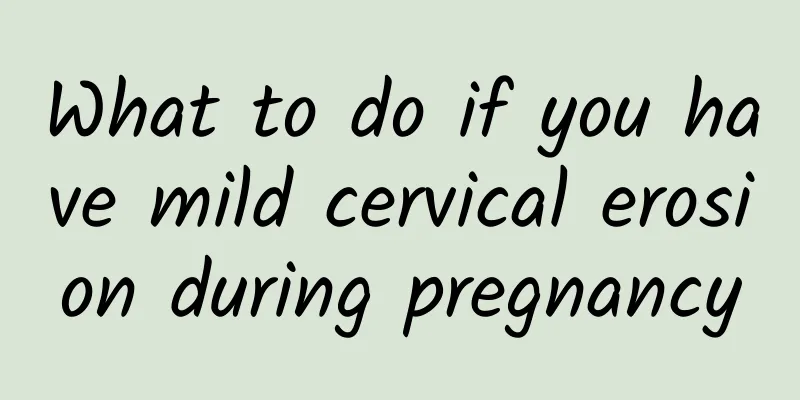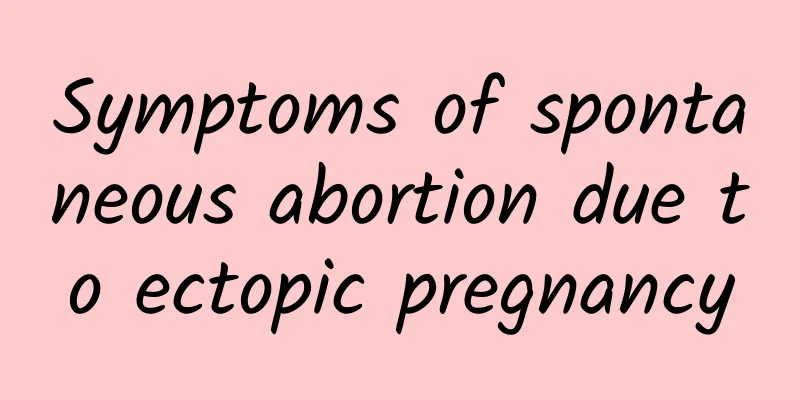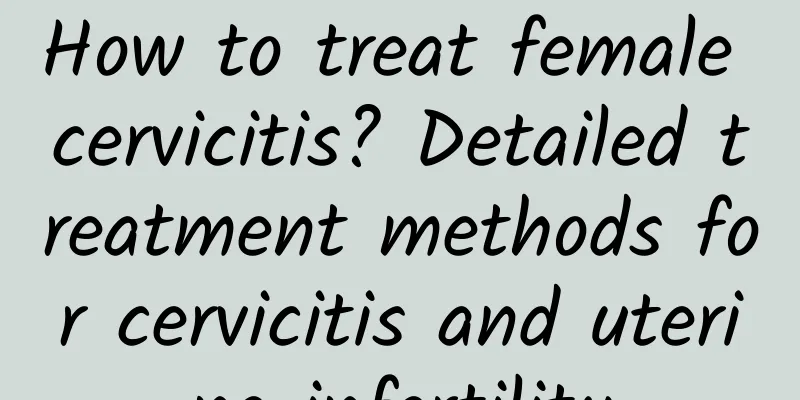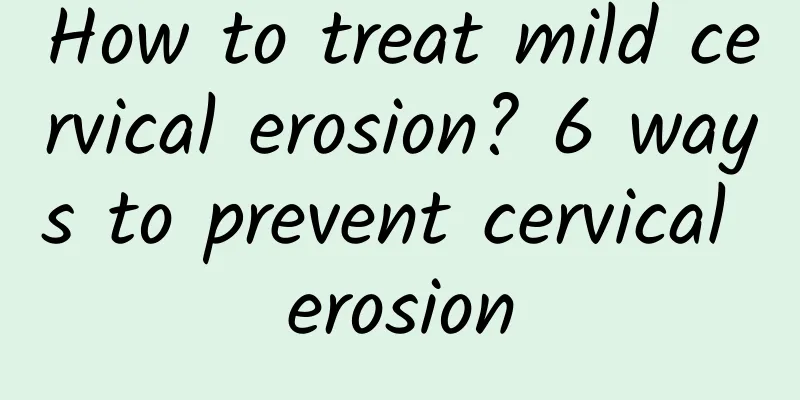Detailed explanation of TCM treatment of ovarian cysts
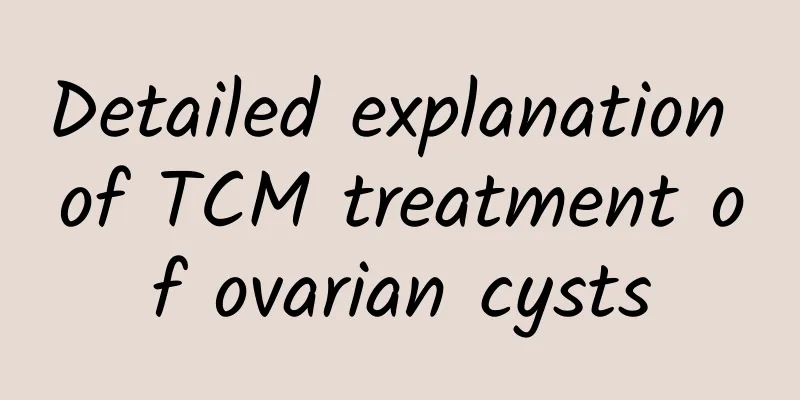
|
In traditional Chinese medicine, the treatment of ovarian cysts has always been a topic of concern. Traditional Chinese medicine has a long history of treating ovarian cysts. However, traditional Chinese medicine can only be regarded as a conservative treatment for ovarian cysts, and it is not a panacea. Here, experts will introduce you to the treatment of ovarian cysts in traditional Chinese medicine. The treatment of ovarian cysts in Traditional Chinese Medicine starts with a holistic approach, regulating qi and liver, strengthening the root cause, activating blood circulation and removing blood stasis, softening and dispersing nodules, clearing away heat and detoxifying, and comprehensively regulating the endocrine system to activate qi and blood, and activate internal organs. The meridians are the basis, and qi and blood are the function. Qi and blood are the material basis of the body, and internal organs are the source of qi and blood biochemistry. They are responsible for the formation of blood, control and movement, and regulate the balance of blood and qi. Qi is the driving force of blood. As far as women are concerned, blood is the material basis of menstruation. If the internal organs are dysfunctional, the circulation of qi and blood will be affected, affecting the function of the sea of blood, which can lead to the occurrence of various gynecological diseases. However, there is still much attention to be paid to the treatment of ovarian cysts in Traditional Chinese Medicine. 1. If the diameter of the cyst is less than 5 cm and there is no evidence to suggest a tumor, it is most likely a functional cyst and can be followed up closely, that is, checked every 2-3 months, and the interval between checks can be adjusted based on the situation. 2. If the diameter of the cyst is greater than 5 cm, it is usually an ovarian tumor and surgery is usually required to treat the ovarian cyst. 3. If accompanied by progressively worsening dysmenorrhea, sexual intercourse pain, and tender nodules in the pelvis, endometriosis should be considered. Different treatments can be adopted according to the specific situation. Patients should decide whether to use TCM ovarian cyst treatment methods based on their own condition. The advantage of TCM treatment is that it can relieve the psychological pressure and mental burden of surgery on patients, and has few side effects. It is recommended that you consult our online experts first to learn more about the treatment methods for ovarian cysts. |
<<: Common causes of ovarian cysts in daily life
>>: Malignant uterine fibroids and vaginal discharge symptoms
Recommend
Treatment of severe cervical precancerous lesions
When it comes to the treatment of cervical precan...
What are the symptoms of premature ovarian failure at the age of 42?
Premature ovarian failure refers to early ovarian...
What are the more effective tests for hyperprolactinemia?
Hyperprolactinemia refers to a syndrome caused by...
Break the weight loss plateau! You must eat these 3 types of high-quality protein to promote metabolism
Most people who lose weight by dieting easily reb...
What are the hazards of irregular menstruation? There are 3 common hazards of irregular menstruation.
Causes and treatment of irregular menstruation So...
Several factors that affect the cost of abortion surgery
As the number of people undergoing abortion surge...
What are the best tests for cervical erosion? Four tests for cervical erosion in women
Women all know that more and more people are suff...
How to treat vulvar lichen
Many women nowadays do not pay attention to their...
Surgery is the main treatment for uterine sarcoma
Uterine sarcoma is a highly malignant female geni...
Is the cost of painless abortion as expensive as imagined?
Many women who choose painless abortion want to k...
Introducing the common causes of ovarian cysts to female friends
Ovarian cysts are a gynecological disease that is...
It is necessary to prevent the causes of irregular menstruation in time
Irregular menstruation can bring certain troubles...
Eat more green bananas to lose weight? Be careful not to aggravate constipation
Can eating unripe green bananas help you lose wei...
Hormonal imbalance is the most common cause of menstrual irregularities
Irregular menstruation is a very common disease i...
The relationship between adnexitis and pelvic inflammatory disease
The relationship between adnexitis and pelvic inf...
